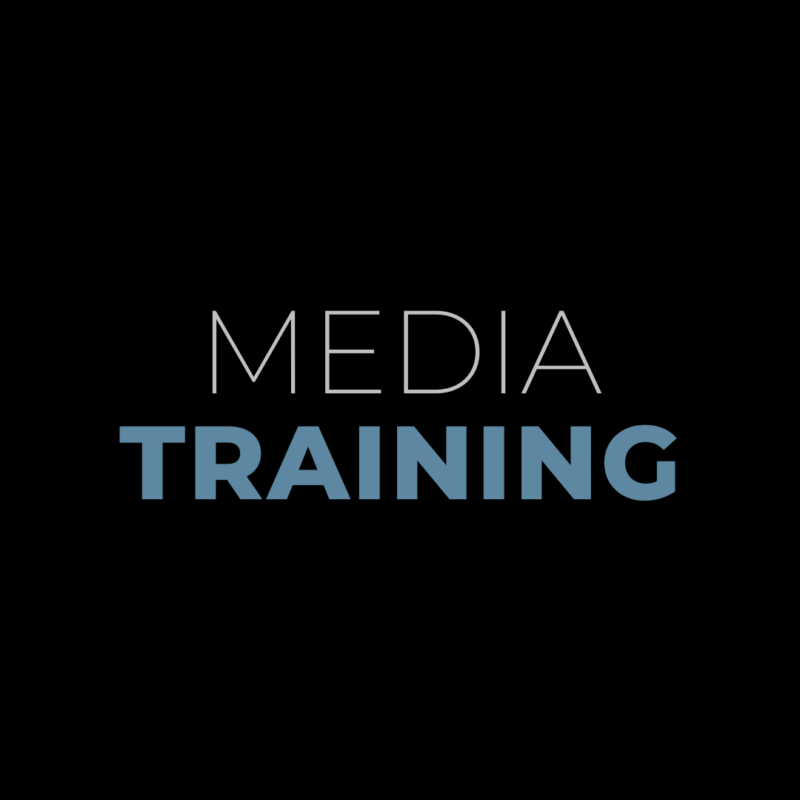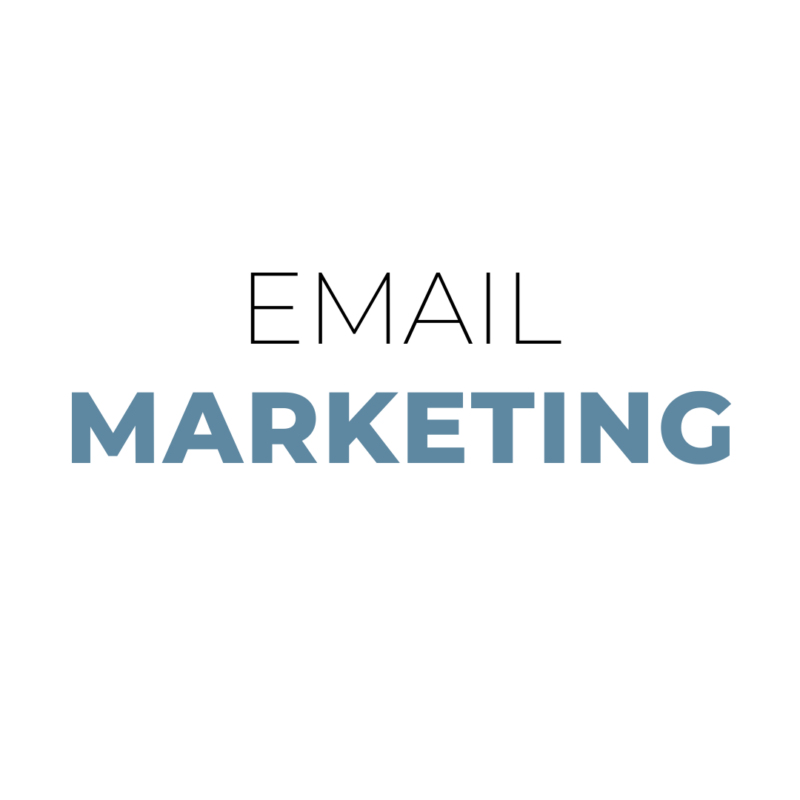Three tips for post-COVID communication strategies in 2021
Over the past year and a half, we’ve helped our clients overhaul their communication strategies to meet real-time needs. An overhaul for many of our clients looked like increasing frequency of communication, adding new methods and continuously updating messaging on a weekly basis. At one point, we all likely received a plethora of communication about COVID updates – from businesses we follow on social media to those of which we subscribe to marketing emails. And it’s now likely we’re starting to see some of that fade away.
As regulations and mandates have eased, so have updates to our various audiences. That has almost felt like a breath of fresh air in some cases, but it can also cause confusion. So how do you go about keeping your stakeholders informed without overwhelming or confusing them? Follow these three key recommendations:
Be clear about what you are changing and what is staying the same
Here’s an example. Real estate related businesses had to retool everything to be accessible online – apartment owners had to capture 360-degree imaging to provide virtual tours to interested renters, many documents were made to be available via an e-sign option and others resorted to self-guided home tours. Now, I bet that apartment complexes will opt to keep those 360-degree tours to extend reach among the renter pool, and if a mortgage lender wasn’t already using an e-sign software pre-covid, I’m betting they’ve found greater efficiency in being able to email forms over and have them signed and automatically sent to who they need to go to within minutes. So, as you look ahead through the end of the year and into 2022, clearly define through your various communication pieces which changes like the above will stay and which ones will return to the way they were before the pandemic.
Continue to let people know how they are being kept safe
By now, we are all very familiar with ensuring we follow the safety procedures of the place we are walking into. Most of us still pause to double check signage on front doors to make sure we follow mask rules, and as school returns, we can expect to see temperature checks in place in some educational settings to catch things like flu and other viral illnesses. If you created a new page on your website or even a banner pop-up for COVID guidelines pertaining to your business, keep this in place to let people know what is expected of them and what is available to them. For example, cleaning wipes and hand sanitizer stations may be around for a long time – so let people know! If you changed a major procedure during the pandemic and intend to keep it, let people know about that, too. Messaging about cleanliness and preventing illness will likely be around for quite a while. Clear communication is the key to happy customers.
Prepare to pivot….again.
We all thought we were done pivoting. Alas, the pivot is here to stay but if there’s one thing COVID taught us all, it is to be prepared. As PR pros, we preach preparedness from the rooftops. Now the world knows exactly what that means. Even if it’s not a global pandemic, businesses have learned what it takes to make rapid changes, communicate them quickly and do what is in the best interest of their customers even when it’s hard. With the practice we’ve all gained since early 2020, pivoting at a moment’s notice should come more easily. Just don’t be surprised when you have to! Customers are accustomed to it and will expect frequent, thorough communication when something big affects your business. That could be a snowstorm, a website outage or even a price change. Use what you learned over the pandemic and apply that same type of practice to your future communications.
Remember, consumers now have a different understanding and expectation for how and when brands communicate with them. These methods and practices won’t return to “normal.” There is a new standard, and over the remainder of the year, it will be important to balance the line of pulling back from COVID-specific messaging and leaving what still applies to your business.


